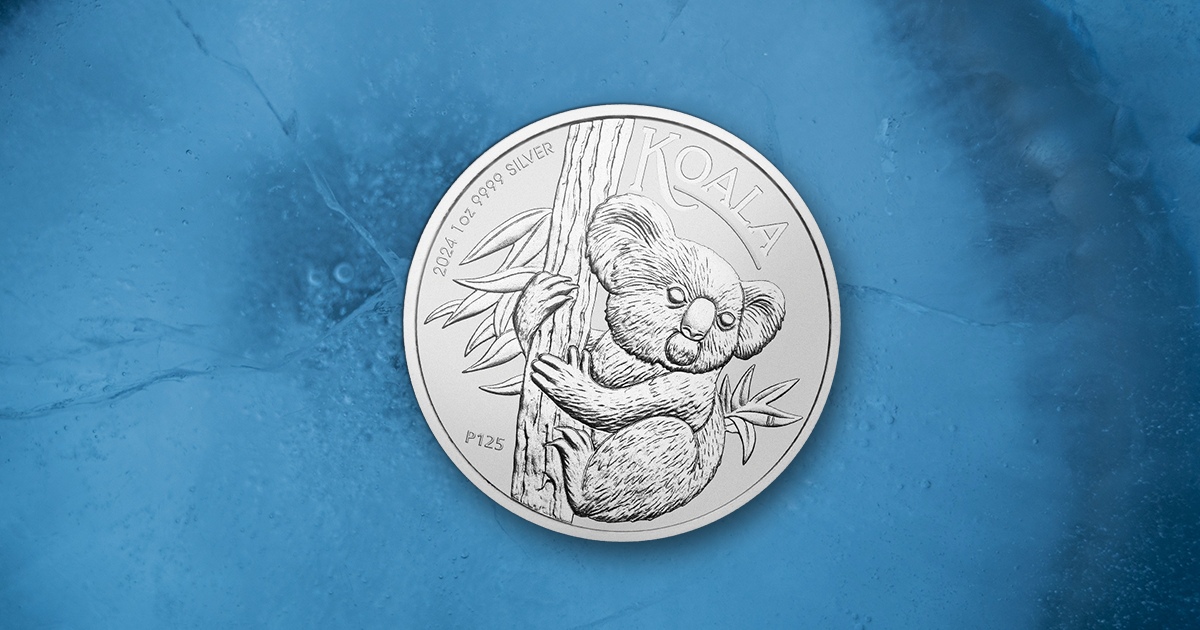
Silver does not produce heat, but because of its ability to conduct heat, silver and silver bullion can melt ice, or at least accelerate its melting rate. When it is placed on ice, the silver melts ice by transferring heat from the surrounding environment, which causes ice to melt faster than it does by itself or with less conductive materials. This property is not exclusive to silver but is merely a result of its high thermal conductivity.
The Thermal Properties of Silver
Silver is the single most conductive metal on the planet. It conducts heat and electricity more efficiently than all other metals. When silver is set on top of ice, it absorbs heat from its environment, which it transfers to the ice, accelerating the melting process. This is the result of its chemical and atomic properties.
The Crystal Structure of Silver
The crystal structure of silver contributes to its ability to conduct heat. Specifically, it has a face-centered cubic crystal structure, which gives its atoms the ability to pack tightly together. The high density of these atoms helps to facilitate heat transfer through the lattice.
Free Electrons in Silver
The thermal conductivity of silver is influenced by the presence of free electrons, which are not bound to any particular atom and move freely throughout the metal. As the free electrons move and collide with other electrons and atoms, they transfer kinetic energy. The transference of energy from electron to electron and from electron to atom facilitates heat transference through the metal. The greater the number of free electrons in a metal, the better it can conduct heat. Silver has 58 octillion, or 58 followed by 26 zeros of free electrons per cubic meter.
Low Electrical Resistance of Silver
Silver has among the lowest electrical resistivities among metals, which means silver offers very low resistance to the flow of electricity. This, in turn, provides it with high tendencies to conduct electrical flows and the same free electrons that can carry electrical currents also carry thermal energy.
Real World Applications of Silver’s Thermal Conductivity
Numerous industries utilize silver’s ability to conduct heat, including:
Electronics: The thermal conductivity of silver is utilized in electronics, from consumer goods to semiconductors for efficient heat dispersion. This ensures reliable performance in smartphones, computers, and more.
Medical Devices: Silver is essential for precise thermal regulation in medical tools and diagnostic equipment.
Automotive and Aerospace: Silver is employed in the automotive and aerospace industries to improve the thermal management of engine components, electrical contacts, and other elements of spacecraft. Using silver ensures that the engines and other electrical devices maintain optimal operating temperatures.
Using Ice to Authenticate Silver
Silver can be placed on ice to help confirm its authenticity. To perform this test, place one ice cube on a silver item and another ice cube of roughly the same size on a material with lower conductivity, like plastic. Observe the differences in time required for the ice cubes to melt. While this test is useful, it should not be the only means to verify the authenticity of a silver item.
Other Methods to Authenticate Silver
Weight and Dimensions: If your silver item is a coin like an American Silver Eagle, look up the dimensions and weight. Using a caliper and scale, compare these figures with the dimensions and weight of your coin.
Magnet Test: Place the silver item on a non-metal surface like a wood or glass tabletop. While holding a strong refrigerator magnet, pass your hand by the silver item. Silver is nonmagnetic, and although there may be a slight pull, the magnet should not draw the silver item toward your hand.
Sound Test: Hold the silver coin, round, or bar while maintaining as little physical contact as possible. Gently tap the edge of the silver round or bar with another piece of silver or another solid item. Listen to the ring. Silver makes a high-pitched ringing sound that slowly tapers into silence.
Hallmarks: Look for a stamp on the silver item indicating its weight, fineness, and manufacturer. Most silver items, from silver coins to silver bars and rounds, have these listed.
If your silver does not pass these tests, it might be worth taking to a precious metals or coin dealer for further testing.




